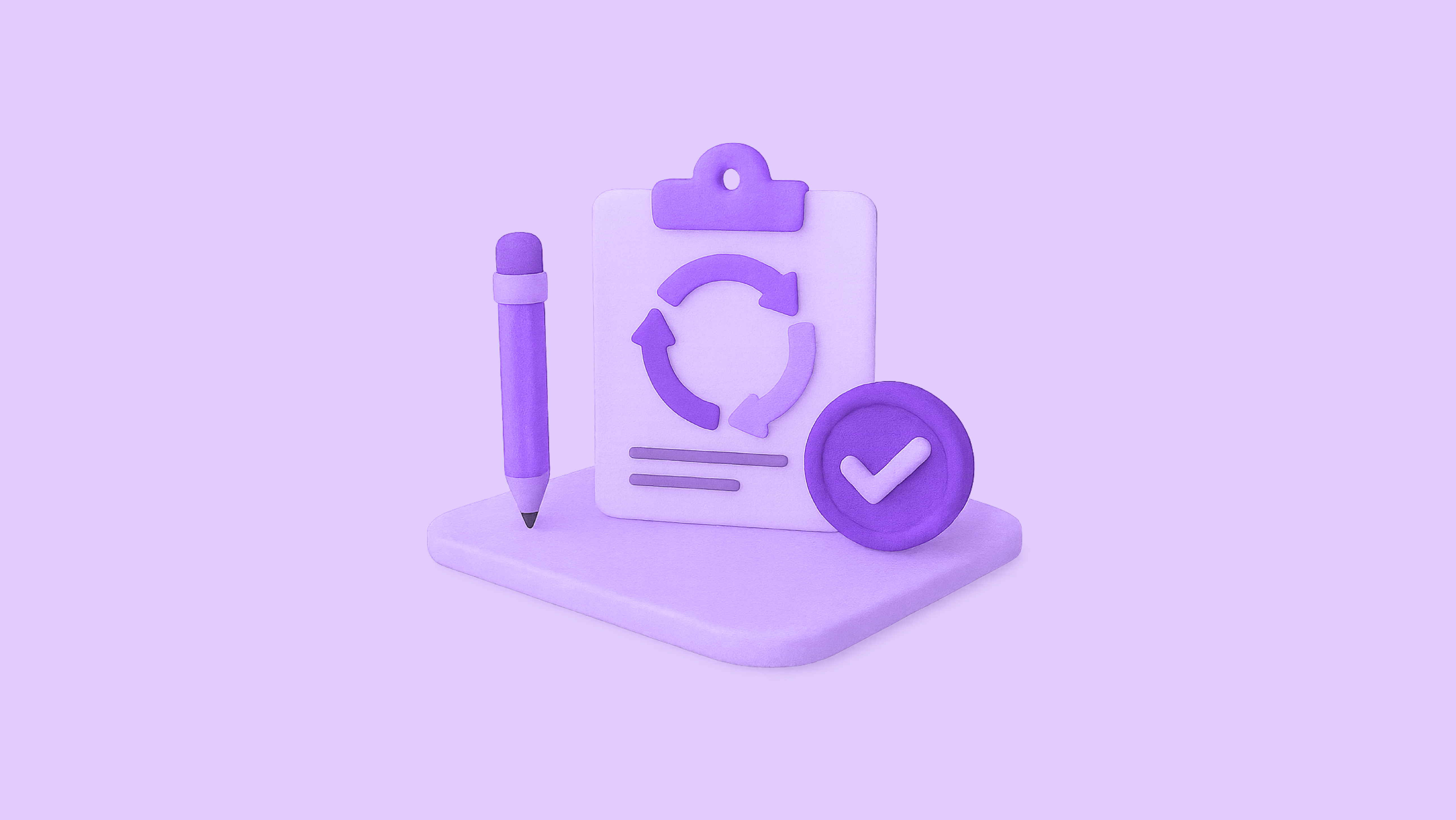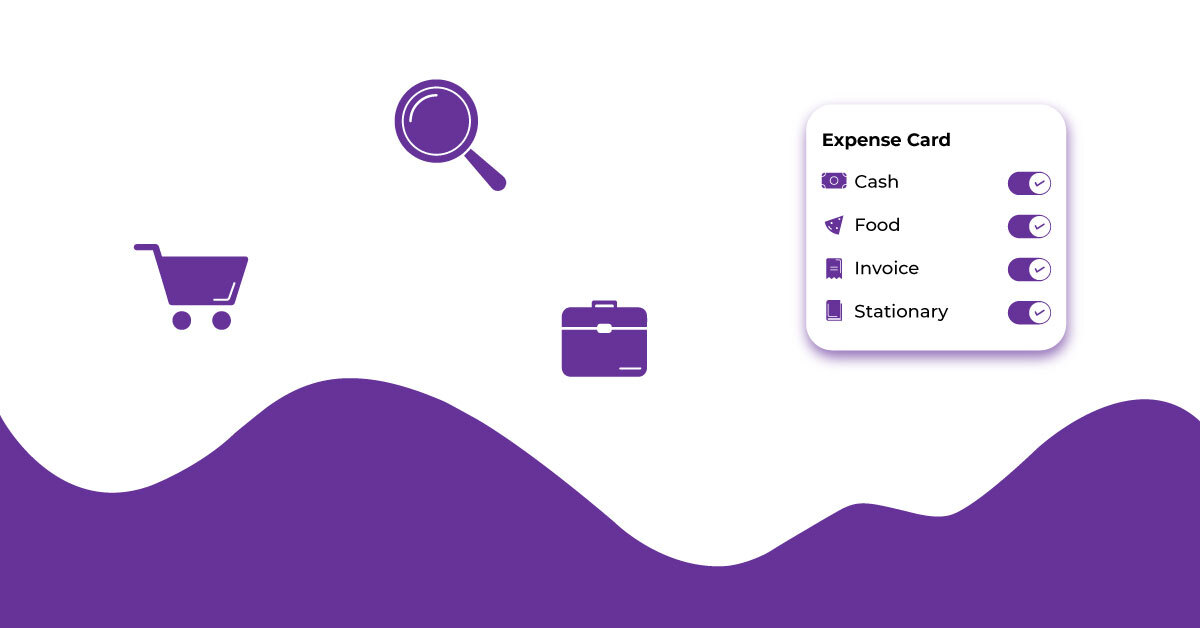Managing suppliers effectively is essential for smooth business operations. Vendors are key to the supply chain, and any disruption, from delays, compliance issues, or financial problems—can affect productivity and costs. Vendor risk management is therefore a vital part of procurement strategy. The right software can help simplify processes, provide clear insights for better decisions, and ensure strong, reliable supplier relationships.
This blog will guide you on choosing the best vendor risk management software, focusing on features and tools that enhance procurement risk mitigation.
Understanding Vendor Risk in Procurement
Vendor risk refers to the potential problems a business may face due to its suppliers. These risks can be operational, financial, legal, or reputational. For example, a supplier failing to deliver critical components on time can disrupt production schedules, while non-compliance with regulatory requirements can result in fines or legal issues.
Procurement teams must understand these risks to prevent supply chain disruptions and ensure business continuity. Third-party risk management in procurement is the process of evaluating, monitoring, and controlling these risks systematically. This approach allows companies to identify vulnerable suppliers and take corrective actions before problems escalate.
Key Features to Look for in Vendor Risk Management Software
When selecting a software solution, it is essential to prioritize features that enhance visibility, efficiency, and compliance. Some critical features to consider include:
- Vendor Risk Assessment Tools
These tools help evaluate the risk level associated with each supplier. Risk assessment can be based on factors such as financial health, operational capacity, regulatory compliance, and historical performance. Automated scoring systems in software make it easier to compare suppliers objectively and take informed decisions. - Supplier Compliance Software
Compliance management ensures that vendors meet contractual, regulatory, and ethical standards. Supplier compliance software allows organizations to track certifications, licenses, audits, and adherence to internal policies. It reduces the risk of working with non-compliant vendors and ensures accountability. - Centralized Data Management
A unified platform for storing all vendor information—contracts, risk scores, performance reports, and compliance documents—simplifies monitoring. Centralized data allows procurement teams to quickly access information, generate reports, and make evidence-based decisions. - Alerts and Notifications
Software can provide timely alerts for upcoming contract renewals, expiring certifications, or performance issues. Early warnings help procurement teams act proactively and mitigate potential risks before they affect operations. - Integration Capabilities
The ability to integrate with enterprise resource planning (ERP), procurement, and finance systems ensures smooth data flow. Integration reduces manual work, minimizes errors, and gives a complete view of supplier relationships.
Evaluating Supplier Management Tools
Selecting the right vendor risk management software requires careful evaluation. Organizations should consider factors such as ease of use, scalability, cost, and customer support. A user-friendly interface ensures faster adoption across the procurement team, while scalability allows the system to grow with the business.
Stakeholder involvement is crucial when evaluating software. Procurement teams, finance, legal, and compliance departments should all provide input to ensure the tool meets varied business needs. Demonstrations and trial versions can help assess the suitability of software before making a long-term commitment.
The Vendor Onboarding Process in Software
A smooth onboarding process is essential for maintaining strong supplier relationships. Vendor risk management software simplifies onboarding through automated workflows. The process typically includes:
- Supplier Registration – Vendors submit their information through a secure portal.
- Documentation Upload – Certificates, licenses, financial reports, and other required documents are uploaded for review.
- Verification – The system verifies the documents and checks compliance requirements.
- Approval – After verification, the supplier is approved and added to the system.
This automated approach reduces manual errors, speeds up onboarding, and ensures that all suppliers meet required compliance standards. It also provides an audit trail that is valuable for future reviews.
Supplier Relationship Management Framework
Maintaining strong supplier relationships is a key aspect of procurement. Vendor risk management software supports this by tracking performance, compliance, and contract obligations. A supplier relationship management framework within the software allows procurement teams to:
- Monitor ongoing performance through metrics such as delivery times, quality standards, and financial stability.
- Identify high-performing vendors and nurture strategic partnerships.
- Address underperformance proactively through corrective action plans.
By using data to evaluate suppliers consistently, businesses can strengthen relationships, reduce risks, and improve overall procurement efficiency.
Vendor Performance Tracking System
A vendor performance tracking system helps procurement teams monitor key metrics in real time. Common performance indicators include:
- On-time delivery rates
- Quality and defect rates
- Compliance with regulatory and contractual requirements
- Responsiveness and support efficiency
Dashboards and reporting tools in software provide a clear view of these metrics, enabling procurement teams to identify trends, mitigate risks, and make informed strategic decisions. A strong performance tracking system also helps in supplier segmentation, allowing organizations to focus on critical vendors that have the greatest impact on operations.
Common Challenges and How Software Solves Them
Manual vendor management processes can lead to several challenges:
- Scattered and inconsistent data
- Delayed alerts for compliance issues
- Time-consuming risk assessment and reporting
Vendor risk management software addresses these challenges by centralizing information, automating risk assessments, and providing real-time insights. For example, if a supplier’s compliance certificate is nearing expiration, the system will alert the team, reducing the chances of regulatory violations. Similarly, automated reports simplify audits and improve accountability.
Making the Right Choice
When choosing vendor risk management software, businesses should follow a structured approach:
- Check Key Features – Ensure the software includes risk assessment tools, compliance tracking, performance monitoring, and integration capabilities.
- Assess Scalability – The solution should grow with your business and handle an increasing number of suppliers.
- Evaluate Support and Training – Strong vendor support and training resources are essential for successful implementation.
- Pilot Testing – Conduct a trial with selected suppliers to evaluate usability and effectiveness.
Considering these factors ensures the chosen software delivers tangible benefits in procurement risk mitigation and supplier management.
Conclusion
Effective vendor risk management is a cornerstone of procurement success. By using the right software, businesses can streamline onboarding, monitor supplier performance, ensure compliance, and proactively mitigate risks. Vendor risk assessment tools, supplier compliance software, and robust performance tracking systems provide procurement teams with the insights they need to make informed decisions.
Investing in the right vendor risk management software is not just about technology—it is about building stronger, more reliable supplier relationships and safeguarding the supply chain. Companies that adopt these solutions can achieve greater efficiency, reduce operational risks, and gain a competitive edge in the marketplace.





